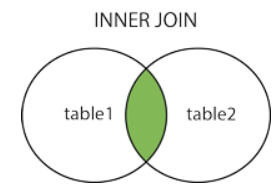1) Which of the following statements are true? (Check all that apply)
a) Linear classifiers are never useful, because they cannot represent XOR.
b) Linear classifiers are useful, because, with enough data, they can represent anything.
c) Having good non-linear features can allow us to learn very accurate linear classifiers.
d) none of the above
2) A simple linear classifier can represent which of the following functions? (Check all that apply)
Hint: If you are stuck, see https://www.coursera.org/learn/ml-foundations/module/nqC1t/discussions/AAIUurrtEeWGphLhfbPAyQ
a) x1 OR x2 OR NOT x3
b) x1 AND x2 AND NOT x3
c) x1 OR (x2 AND NOT x3)
d) none of the above
3) Which of the the following neural networks can represent the following function? Select all that apply.
(x1 AND x2) OR (NOT x1 AND NOT x2)
Hint: If you are stuck, see https://www.coursera.org/learn/ml-foundations/module/nqC1t/discussions/AAIUurrtEeWGphLhfbPAyQ
d
4) Which of the following statements is true? (Check all that apply)
a) Features in computer vision act like local detectors.
b) Deep learning has had impact in computer vision, because it’s used to combine all the different hand-created features that already exist.
c) By learning non-linear features, neural networks have allowed us to automatically learn detectors for computer vision.
d) none of the above
5) If you have lots of images of different types of plankton labeled with their species name, and lots of computational resources, what would you expect to perform better predictions:
a) a deep neural network trained on this data.
b) a simple classifier trained on this data, using deep features as input, which were trained using ImageNet data.
6) If you have a few images of different types of plankton labeled with their species name, what would you expect to perform better predictions:
a) a deep neural network trained on this data.
b) a simple classifier trained on this data, using deep features as input, which were trained using ImageNet data.

4th Question Ans is 1,3
ReplyDeleteThanks it helped
Delete